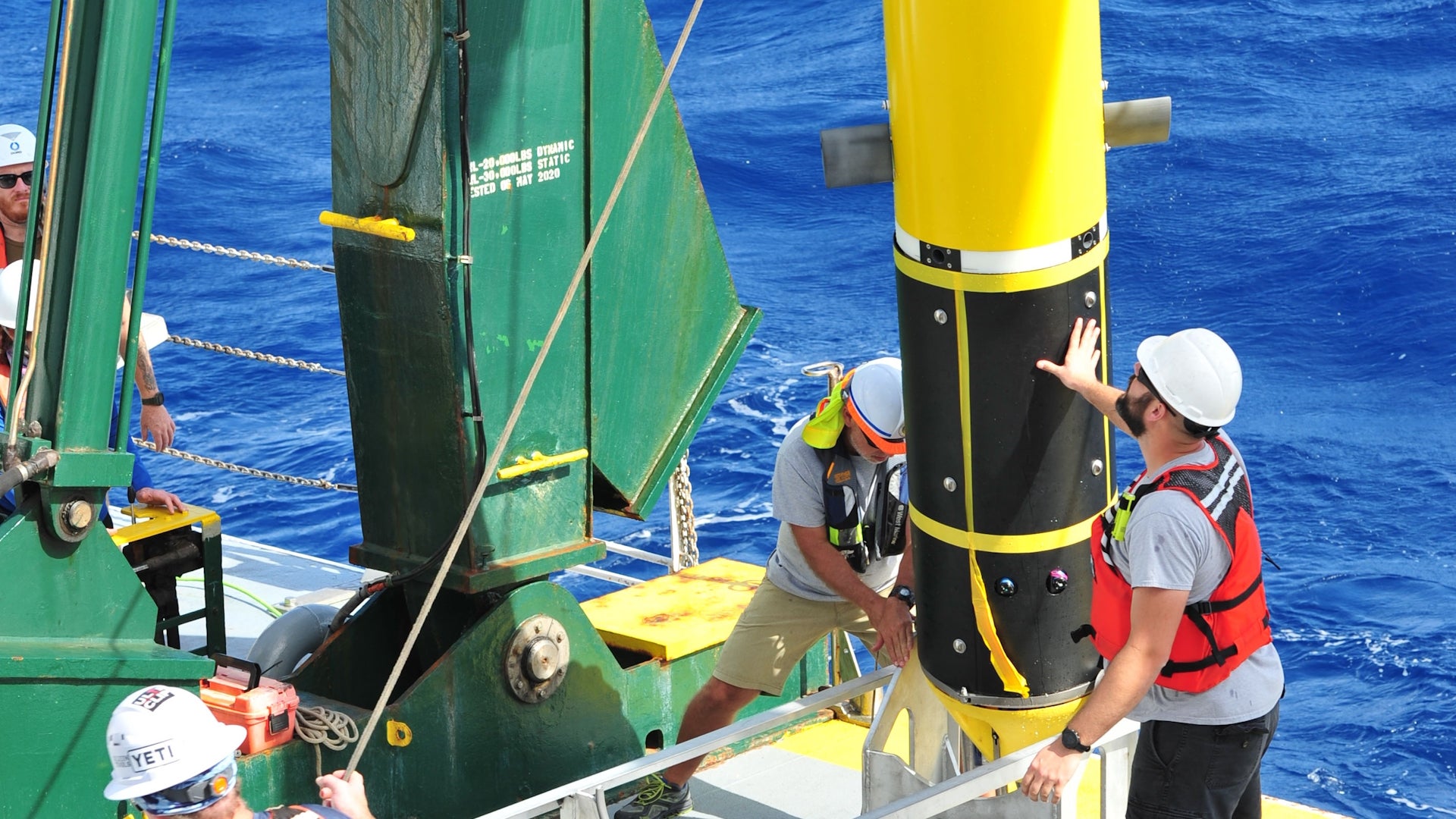
Hadal Profiler
Allison Fundis (OET), Daniel Wagner (OET),
Jeff Drazen (UH), Bruce Howe (UH), Glenn Carter (UH), Chris Measures (SOEST, UH)
Photo by the University of Hawaii
Overview
The deep ocean trenches, or hadal zone, are amongst the most poorly explored regions on the planet. This is particularly true of the hadal water column, as most of the hadal research to date has focused on the geology, biology, and ecology of the seafloor. Practically nothing is known about the mixing, circulation, chemical properties, and biological communities in waters deeper than 6500m depth, where only a handful of moored and hydrographic measurements have been made. The existing observations suggest that rather than being quiescent and isolated from the ocean above, the hadal zone is ventilated on surprisingly short timescales, with some radionuclide studies suggesting that the residence times are less than five years. Further, genetic studies have identified the same species in neighboring, yet bathymetrically isolated, trenches.
This project will conduct tests of a new hadal water column profiler (HWCP), developed at University of Hawaii with funding from the W.M. Keck Foundation. This free-falling profiler measures vertical profiles of turbulent microstructure (mixing), temperature, conductivity, and dissolved oxygen (including redundant sensors), horizontal velocity, and 200 kHz bioacoustics backscatter. It also records video and has a small 11 bottle water sampler. Importantly for investigating the questions above, even for 11 km depths, the HWCP is capable of several profiles a day and includes multiple redundant ballast releases. This profiler will be tested during the shakedown E/V Nautilus expedition.

